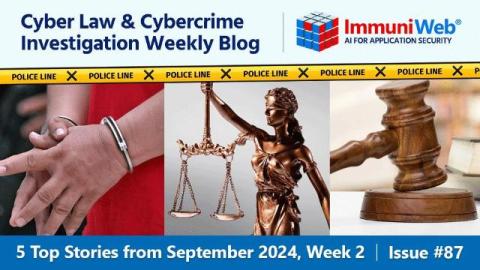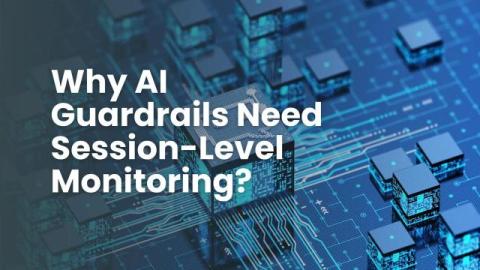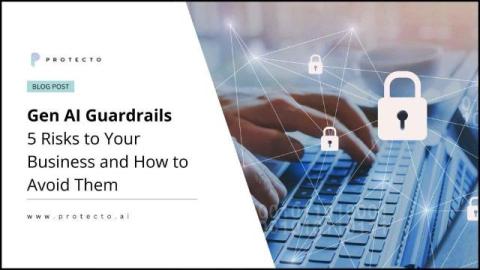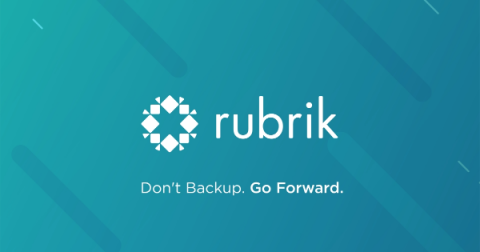1Password deepens partnership with CrowdStrike to streamline and simplify business cybersecurity
Together, CrowdStrike and 1Password are working to ensure every identity, application, and device is protected from threats. Now, you can get the combined power of 1Password and CrowdStrike for less when you bundle 1Password Extended Access Management and CrowdStrike Falcon Go.











